Publications
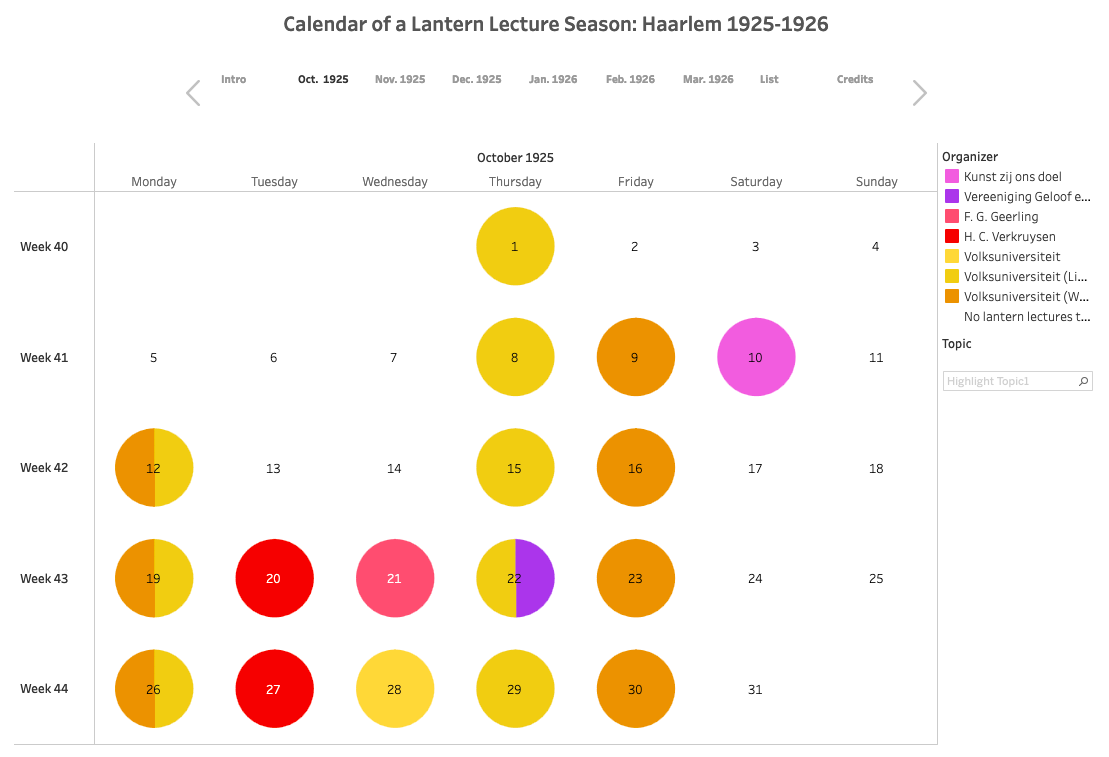
Article and Data Visualization: Reconstructing a historical calendar: Haarlem and the lantern lecture season by Dulce da Rocha Gonçalves
This article discusses the added value of visualizing historical data, in particular the lantern lecture calendar of Haarlem during the social winter season of 1925/26. You can access the article and the visualization here. da Rocha Gonçalves, Dulce. “Reconstructing a historical calendar: Haarlem and the lantern lecture season.” Sage Public Understanding of Science Blog, March…
Read more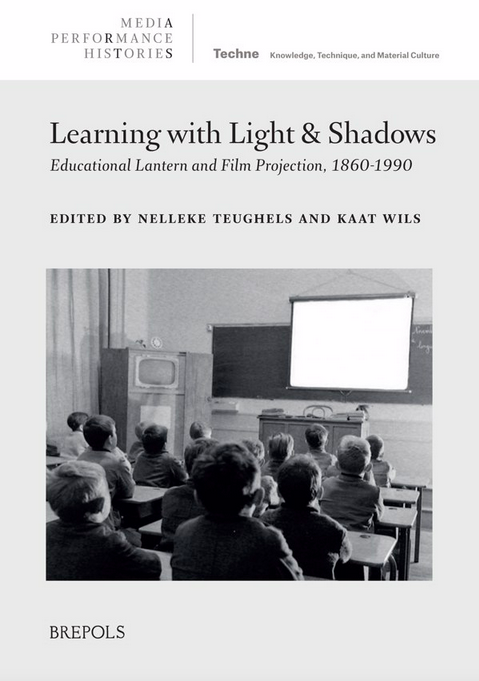
Book Chapter: The Emergence of the Projected Image as a Teaching Tool in Higher Education (1860–1914) by Frank Kessler and Sabine Lenk
The article discusses the introduction of the optical lantern into higher education. It looks at the resistance that had to be overcome, namely its association with entertainment and also with children’s toys, and then looks at various disciplines that could benefit from projected images and belonged to the early adopters of the medium. Frank Kessler…
Read more
Book Chapter: The Photographic Turn in Visual Teaching Aids: Films and Slides for Schools in the Netherlands, 1911–1926 by Jamilla Notebaard and Nico de Klerk
This article traces the debates on photography-based teaching aids that appeared in public discourse around 1910: their pedagogical and didactic merits, and their implementation. Clearly, reflections on film prevail, since there was much concern about its harmful effects on children. The first part of the text focuses on the rhetoricaland, sometimes, anecdotal level of the…
Read more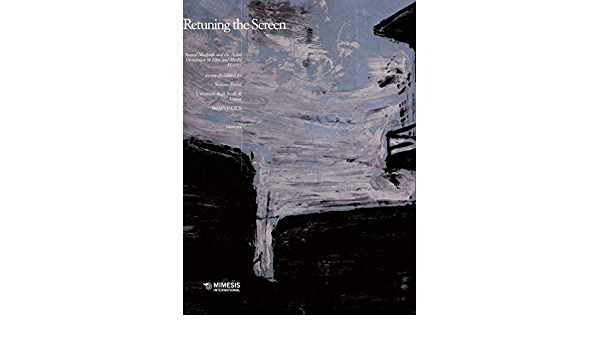
Article: The Voice of the Lecturer: Image-Word Relations in Optical Lantern and Early Film Performances by Frank Kessler and Sabine Lenk
The article discusses similarities and differences concerning the position of the lecture in optical lantern and early film performances, in particular the temporal relations between the projected image and the oral comment. It looks at different examples and discusses some cases of combined slide and film projections. “The Voice of the Lecturer: Image-Word Relations in…
Read more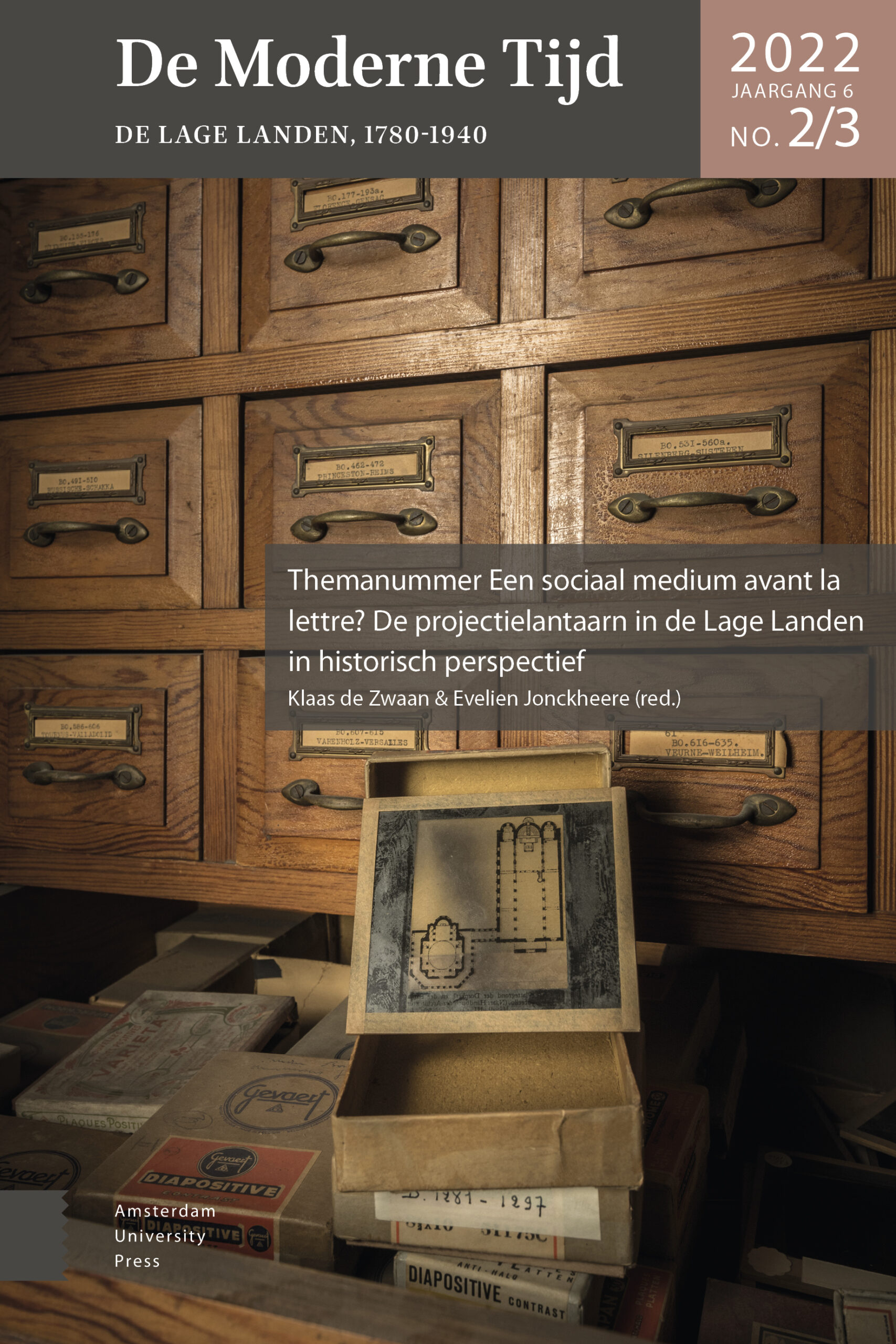
Article: “Met een knalgaslantaarn in een biljartzaal.” De voordrachten met lichtbeelden van Ernst Cohen by Frank Kessler
The Utrecht University professor of Chemistry, Ernst Cohen (1869-1944) gave lectures illustrated with an optical lantern between at least 1899 and1938. His presentations addressed different audiences, from colleagues at chemical conventions to members of societal and professional associations and audiences at adult education centres. The range of topics he covered was equally broad: from lectures…
Read more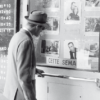
Article: Wissenschaftliche “Zappelbilder”. Zur historischen Pragmatik eines Dispositivs by Frank Kessler
When in 1921 the French micro-cinematographist Jean Comandon gave a series of illustrated lectures in the Netherlands, a newspaper reported that Comandon showed “‘living’ jitter-pictures” – that is: films – “instead of the usual lantern slides”. To consider this as a remarkable fact, the author of the article clearly must have expected slide projections as…
Read more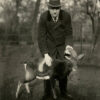
Working papers #4: A.F.J. Portielje: The voice of Artis by Nico de Klerk
While part of the research project ‘Projecting knowledge’ focuses on academic staff providing extramural, illustrated public lectures and courses, it will also deal with a few individuals who worked largely outside the academy, yet shared their scientific insights with the public at large. One of these case studies, published elsewhere, was devoted to dr. Paul…
Read more
working papers #2: On lantern readings or “the speech expected of certain members of society whenever they open their mouths” by Nico de Klerk
The series of Working papers is meant to explore areas of interest to the research project Projecting knowledge—the magic lantern as a tool for mediated science communication in the Netherlands, 1880-1940. Documents and literature are reported and discussed, and ideas are elaborated; as well pointers to further materials for research may be suggested that fall…
Read more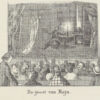
Article: De Geest van Maju: The ghost lecture in the Netherlands by Dulce da Rocha Gonçalves
The ghost-themed optical exhibition was very popular in the nineteenth century: from Robertson’s Phantasmagoria in post-Revolutionary Paris to Pepper’s Ghost at the London Polytechnic in the 1860s, audiences rushed to witness the ghostly demonstrations, also known as ghost lectures. Recently, scholars such as Bernard Lightman and Iwan Rhys Morus have argued for a re-evaluation of…
Read more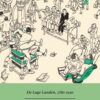
Article: The Art of the Projected Image: The optical lantern as a didactic instrument in the Art History lectures of Willem Vogelsang (1875-1954) by Jamilla Notebaard
The optical lantern was the central medium through which Art History professor Willem Vogelsang (1875-1954) taught his students ‘how to see’. As the first ordinarius in Art History in the Netherlands, Vogelsang focused on creating the right educational setting to turn his students into professional art historians. In his lectures the optical lantern and its…
Read more
